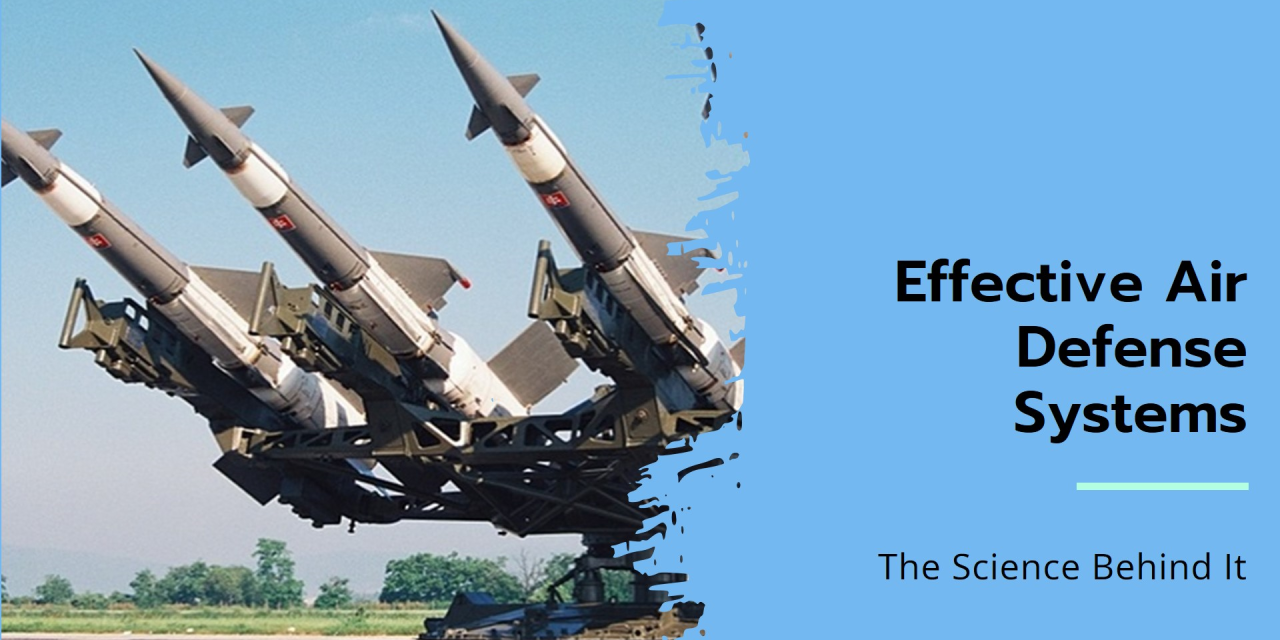Land-based, naval, and aerial defense systems are designed to operate in different environments and address unique threats. Each type is tailored to leverage the advantages and mitigate the challenges of its domain, leading to distinct operational, tactical, and technological differences. Here’s how they differ:
1. Operational Environment
- Land-Based Defense Systems:
- Operate in terrestrial environments with a focus on protecting static assets, such as military bases, cities, or borders.
- Must account for varied terrains, including mountains, deserts, and urban areas.
- Example: Surface-to-air missile systems like S-400 for protecting ground infrastructure.
- Naval Defense Systems:
- Designed for use on ships and submarines, with an emphasis on protecting vessels and securing maritime zones.
- Must contend with open water dynamics, including mobility, waves, and limited fixed infrastructure.
- Example: Aegis Combat System for defending ships against air and missile threats.
- Aerial Defense Systems:
- Operate in the air, focusing on intercepting threats before they reach land or sea-based assets.
- Requires high speed, long range, and flexibility to adapt to high-altitude and rapidly changing scenarios.
- Example: Fighter jets and AWACS for intercepting enemy aircraft or missiles.
2. Primary Roles and Objectives
- Land-Based Defense:
- Protect fixed infrastructure, territorial integrity, and ground forces.
- Provide anti-air, anti-tank, and anti-ballistic missile capabilities.
- Example: Patriot missile systems for air and missile defense.
- Naval Defense:
- Secure naval vessels, trade routes, and maritime boundaries.
- Address threats such as enemy ships, submarines, aircraft, and anti-ship missiles.
- Example: Phalanx CIWS (Close-In Weapon System) for shipboard defense.
- Aerial Defense:
- Maintain air superiority and defend against airborne threats such as bombers, drones, and missiles.
- Extend operational reach for preemptive strikes and interception.
- Example: F-22 Raptor for air dominance.
3. Mobility and Deployment
- Land-Based Defense:
- Often static or semi-mobile, such as fixed radar installations and SAM systems.
- Deployment speed is slower due to the reliance on transportable platforms or fixed installations.
- Example: THAAD systems that can be deployed to protect specific regions.
- Naval Defense:
- Highly mobile, as ships and submarines can maneuver to position their defenses.
- Operates continuously as part of a fleet or individually for mission-specific tasks.
- Example: Destroyers equipped with missile defense systems like the SM-6.
- Aerial Defense:
- Highly flexible, with rapid deployment capabilities to cover large areas or respond to threats.
- Example: Airborne fighter patrols or quick reaction forces (QRFs) for immediate threat engagement.
4. Targeted Threats
- Land-Based Defense:
- Primarily counter ground-based or low-altitude threats like tanks, artillery, drones, and missiles.
- Also addresses ballistic missile threats with systems like Iron Dome or S-400.
- Naval Defense:
- Defends against sea-based and airborne threats, such as anti-ship missiles, submarines, and torpedoes.
- Protects against surface threats from other naval vessels.
- Example: Anti-submarine warfare (ASW) systems like the P-8 Poseidon.
- Aerial Defense:
- Focused on airborne threats, such as enemy aircraft, drones, and cruise missiles.
- Conducts offensive missions to neutralize threats before they reach land or sea-based targets.
5. Weapons and Systems
- Land-Based:
- Ground-to-air and ground-to-ground systems, such as missile batteries, artillery, and anti-tank systems.
- Long-range radars and fixed sensors for early threat detection.
- Example: HIMARS for ground-based missile strikes.
- Naval-Based:
- Multi-role systems designed for diverse threats, such as vertical launch systems (VLS) for missiles, naval guns, and torpedoes.
- Shipborne radar and sonar systems for detection and engagement.
- Example: Tomahawk cruise missiles for long-range precision strikes.
- Aerial-Based:
- High-speed, high-maneuverability systems like air-to-air missiles, air-to-ground munitions, and electronic warfare systems.
- Equipped with advanced radars and targeting systems for real-time threat engagement.
- Example: AMRAAM for long-range air-to-air engagements.
6. Command and Control
- Land-Based Defense:
- Centralized command structures with regional operation centers managing multiple systems.
- Often integrated with national defense networks for large-scale coordination.
- Example: NATO Integrated Air and Missile Defense System (IAMD).
- Naval Defense:
- Ship-based command systems with autonomous capabilities for quick decisions in isolated scenarios.
- Fleet-wide coordination through naval command centers or flagships.
- Example: Aegis Combat System integrates ship sensors and weapons.
- Aerial Defense:
- Decentralized and flexible command structures to respond quickly to threats.
- Often integrated with airborne warning and control systems (AWACS) for real-time intelligence.
- Example: E-3 Sentry coordinating aerial defense missions.
7. Integration with Other Domains
- Land-Based Defense:
- Heavily integrated with ground, naval, and air systems for multi-domain operations.
- Example: THAAD working with naval Aegis systems and airborne radars.
- Naval Defense:
- Coordinates with land and air assets for power projection and joint operations.
- Example: Naval air wings providing close air support to land-based operations.
- Aerial Defense:
- Acts as the connective tissue between land and naval operations, ensuring real-time situational awareness.
- Example: Airborne ISR systems relaying data to both land and sea platforms.
8. Key Challenges
- Land-Based:
- Vulnerability to precision strikes and electronic warfare.
- Deployment limitations in contested environments.
- Reliance on fixed infrastructure.
- Naval Defense:
- Requires constant mobility to avoid detection and engagement.
- Limited space and weight constraints for defensive equipment.
- Vulnerable to saturation attacks (e.g., missile swarms).
- Aerial Defense:
- High operational costs and limited endurance of aircraft.
- Requires continuous patrols to maintain air superiority.
- Vulnerable to advanced anti-air systems.
9. Strategic Roles
- Land-Based:
- Territorial defense and holding ground.
- Example: Protecting national infrastructure and key assets.
- Naval Defense:
- Power projection, securing sea lanes, and enabling amphibious operations.
- Example: Ensuring freedom of navigation and deterring enemy fleets.
- Aerial Defense:
- Rapid response, deep-strike capabilities, and maintaining air superiority.
- Example: Neutralizing threats before they reach their targets.
land-based defense systems focus on protecting static assets and territorial integrity, naval defense systems are built for mobility and maritime security, and aerial defense systems prioritize speed, flexibility, and air superiority. Together, they form a multi-domain approach to modern warfare, with integrated operations maximizing their effectiveness.













